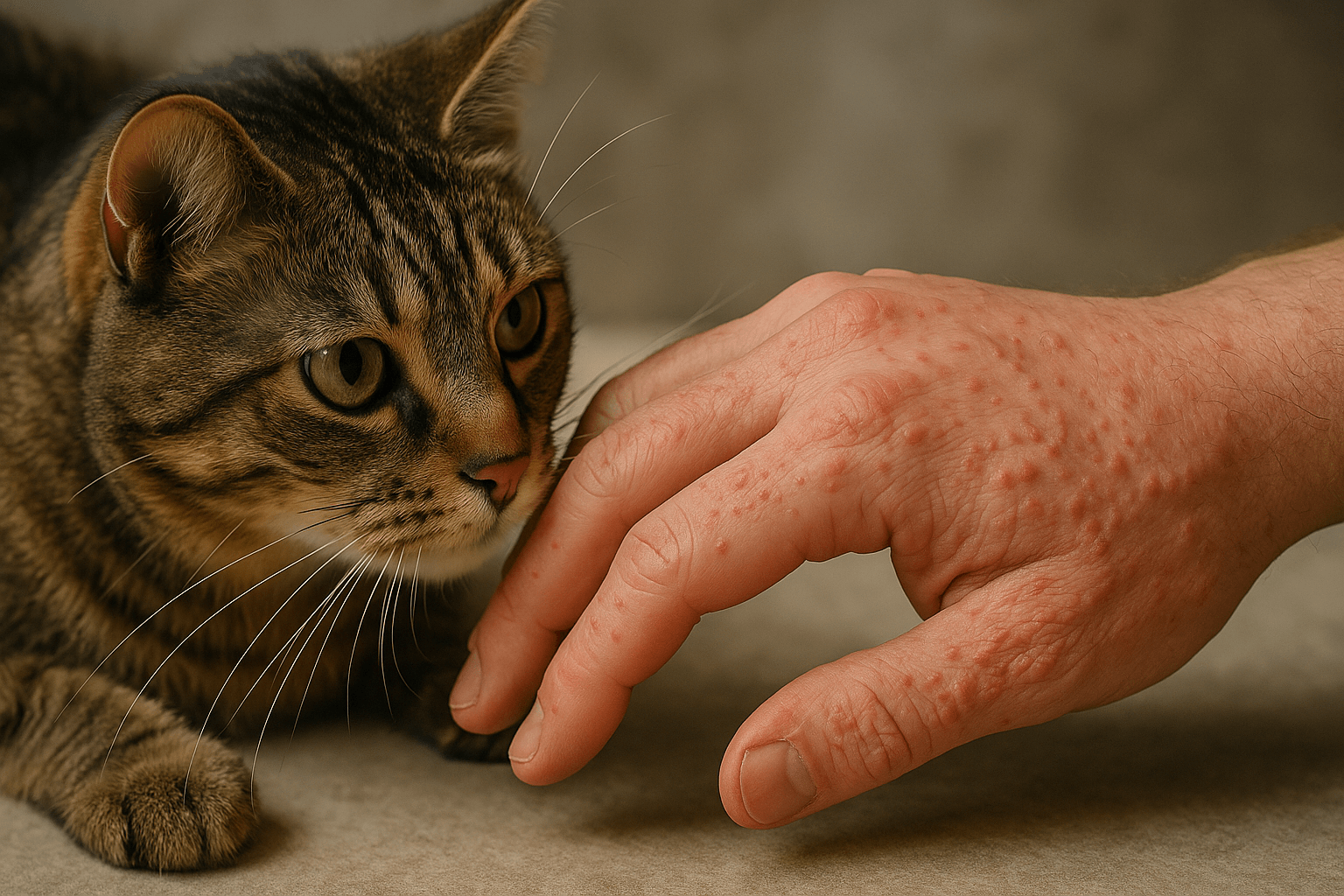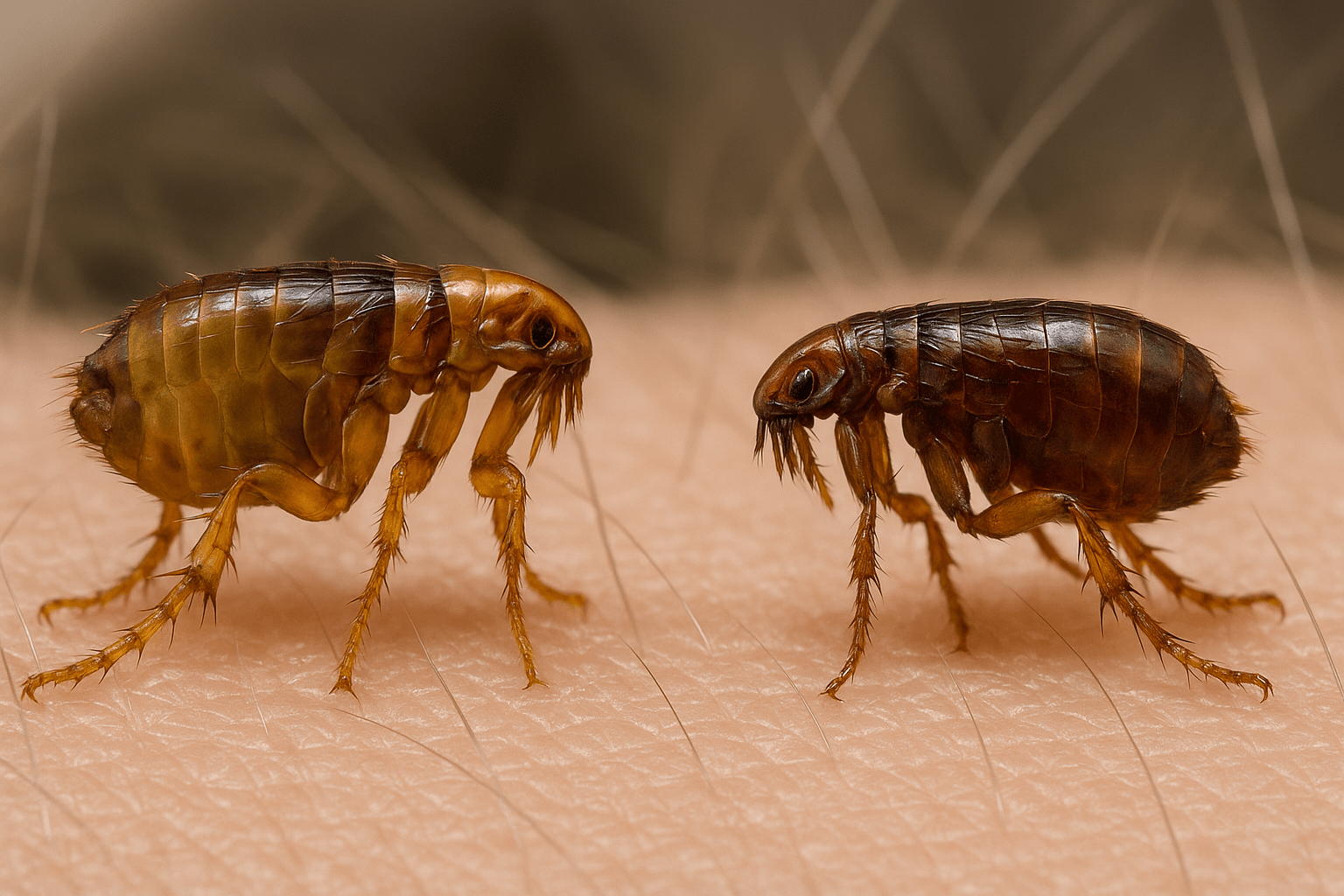How Do Cats Get Ringworm? Understanding the Cause and Spread
Ringworm in cats is a common yet often misunderstood condition that can cause concern for pet owners. Despite its name, ringworm isn’t caused by worms but by a fungal infection that affects the skin, fur, and sometimes nails. It’s highly contagious and can spread not only between animals but also to humans. So, how do cats get ringworm, and what can you do to prevent it? In this blog post, we’ll explore the causes, transmission methods, and ways to protect your feline friend from this pesky infection. Let’s dive into the details and learn how to keep your cat healthy and happy.
Common Causes of Ringworm in Cats
Understanding the root causes of ringworm is essential for preventing and managing the infection. Below are the most common factors that contribute to cats contracting ringworm:
Direct Contact with Infected Animals
Cats can catch ringworm through direct contact with other infected animals, such as dogs, rabbits, or even other cats.Exposure to Contaminated Objects
Shared items like bedding, grooming tools, or toys can harbor fungal spores, increasing the risk of transmission.Living in Crowded Environments
Shelters, catteries, or multi-cat households can create ideal conditions for the spread of ringworm due to close proximity.Weakened Immune System
Cats with compromised immune systems, such as kittens, elderly cats, or those with underlying health issues, are more susceptible to ringworm.Poor Hygiene Practices
Inadequate cleaning or grooming routines can allow fungal spores to thrive and infect your cat.
By identifying these causes, you can take proactive steps to minimize the risk of ringworm in your household. Prevention starts with awareness and consistent care.
Symptoms of Ringworm in Cats
Recognizing the signs of ringworm early can help you address the issue before it worsens. Here are some common symptoms to watch for:
Circular Bald Patches
Ringworm often causes round, hairless patches on the skin, which may appear scaly or crusty.Red, Inflamed Skin
Affected areas may become red, irritated, or inflamed, signaling an active infection.Dry, Flaky Skin
Dandruff-like flakes or excessive dryness can indicate the presence of ringworm.Broken or Brittle Fur
Infected areas may show brittle or broken hairs around the edges of bald patches.Scratching or Licking
Cats may excessively scratch or lick affected areas due to discomfort or itching.
If you notice any of these symptoms, it’s important to consult a veterinarian promptly. Early diagnosis and treatment can prevent the infection from spreading further.
Check this guide 👉Ringworm Cat Scabs: Best 7 Health Tips!

Prevention Tips | Treatment Options |
|---|---|
Regular grooming and hygiene | Topical antifungal creams |
Isolating infected pets | Oral antifungal medications |
Cleaning shared spaces thoroughly | Medicated shampoos or dips |
Boosting your cat’s immune system | Environmental decontamination |
Avoiding overcrowded environments | Regular vet check-ups during treatment |
How Ringworm Spreads Between Cats and Humans
Ringworm is a zoonotic disease, meaning it can spread between animals and humans. Understanding how this happens is crucial for protecting both your family and your pets. Here’s how ringworm transmission occurs:
Through Direct Skin Contact
Touching an infected cat’s skin or fur can transfer fungal spores to human skin.Via Contaminated Surfaces
Fungal spores can survive on carpets, furniture, and bedding, posing a risk to anyone who comes into contact with them.Sharing Grooming Tools
Using brushes or combs on multiple pets without proper cleaning can spread ringworm.Handling Infected Objects
Items like food bowls, toys, or blankets used by an infected cat can harbor spores.From Soil Exposure
Outdoor cats may contract ringworm from soil contaminated with fungal spores.
To minimize the risk of transmission, practice good hygiene and isolate infected pets until they recover. Awareness is key to breaking the cycle of infection.
Preventive Measures to Keep Your Cat Ringworm-Free
Preventing ringworm requires a combination of good hygiene practices and environmental management. Here are some effective strategies to keep your cat safe:
Regular Veterinary Check-Ups
Routine visits to the vet can help detect ringworm early and prevent outbreaks.Proper Grooming Habits
Brush your cat regularly and inspect their skin and fur for signs of infection.Disinfect Shared Spaces
Clean and disinfect surfaces, bedding, and objects your cat uses frequently.Limit Exposure to Stray Animals
Avoid allowing your cat to interact with stray or unknown animals that may carry ringworm.Maintain a Healthy Diet
A balanced diet supports your cat’s immune system, reducing their susceptibility to infections.
By implementing these preventive measures, you can significantly reduce the risk of ringworm in your home. A little effort goes a long way in keeping your cat healthy.
Common Misconceptions About Ringworm in Cats
There are several myths surrounding ringworm that can lead to confusion among cat owners. Clearing up these misconceptions is essential for effective prevention and treatment. Here are some common misunderstandings:
Myth: Ringworm is Caused by Worms
Contrary to its name, ringworm is a fungal infection and has nothing to do with worms or parasites.Myth: Only Outdoor Cats Get Ringworm
Indoor cats are just as susceptible to ringworm, especially if they come into contact with contaminated objects or people.Myth: Ringworm Always Causes Bald Spots
While bald patches are a common symptom, not all cats with ringworm will exhibit this sign. Some may only have mild flakiness or redness.Myth: Ringworm is Easy to Spot
Ringworm can sometimes mimic other skin conditions, making it difficult to diagnose without professional help.Myth: Treatment is Quick and Simple
Treating ringworm often requires weeks or months of consistent effort, including medication and environmental cleaning.
Understanding the truth behind these misconceptions can help you approach ringworm with accurate information and realistic expectations. Knowledge is your best tool in managing this condition effectively.
Cleaning and Disinfecting Your Home to Prevent Ringworm
One of the most critical steps in managing ringworm is maintaining a clean environment. Fungal spores can linger on surfaces, so thorough cleaning is essential. Here’s how to disinfect your home effectively:
Wash Bedding and Soft Items
Use hot water and detergent to launder your cat’s bedding, blankets, and any washable fabrics they frequently use.Vacuum Carpets and Upholstery
Regularly vacuum carpets, rugs, and furniture to remove spores, and consider using a steam cleaner for deeper sanitation.Disinfect Hard Surfaces
Clean floors, countertops, and other hard surfaces with a pet-safe disinfectant or a bleach solution (1 part bleach to 10 parts water).Sanitize Grooming Tools
Soak brushes, combs, and other grooming tools in boiling water or a disinfectant solution to kill any lingering spores.Dispose of Contaminated Items
If certain items cannot be thoroughly cleaned, it’s best to discard them to prevent reinfection.
A clean environment reduces the risk of ringworm spreading or recurring. Consistent cleaning practices are key to protecting both your cat and your household.
Supporting Your Cat During Ringworm Treatment
Treating ringworm can be stressful for both you and your cat, but providing emotional and physical support can make the process smoother. Here are some ways to help your cat through this challenging time:
Create a Comfortable Space
Set up a quiet, cozy area where your cat can rest and feel safe during their recovery.Minimize Stress
Avoid unnecessary disruptions or changes in routine, as stress can weaken your cat’s immune system and slow healing.Offer Nutritious Meals
Provide high-quality food rich in vitamins and minerals to boost your cat’s immune system and overall health.Administer Medications Calmly
Use gentle techniques to give medications, ensuring your cat associates the process with positive experiences.Monitor Progress Regularly
Keep track of your cat’s symptoms and report any changes to your veterinarian promptly.
By focusing on your cat’s comfort and well-being, you can help them recover more quickly and reduce the emotional toll of the treatment process. Patience and care go a long way in supporting your feline friend.
Frequently Asked Questions About Ringworm in Cats
Is ringworm dangerous for cats?
While ringworm isn’t life-threatening, it can cause discomfort and lead to secondary infections if left untreated.
Can indoor cats get ringworm?
Yes, indoor cats can contract ringworm through contaminated objects or exposure to infected humans or pets.
How long does it take to treat ringworm in cats?
Treatment typically lasts several weeks to months, depending on the severity of the infection.
Can I catch ringworm from my cat?
Yes, ringworm is zoonotic and can spread from cats to humans through direct contact or contaminated surfaces.
Does ringworm go away on its own?
In some cases, mild infections may resolve without treatment, but veterinary intervention is recommended to prevent complications.
Protecting Your Cat from Ringworm: A Shared Responsibility
Ringworm may be a frustrating condition, but it’s manageable with the right knowledge and approach. By understanding how cats get ringworm and taking preventive measures, you can safeguard your feline companion from this common infection. Remember, maintaining good hygiene, providing regular veterinary care, and staying vigilant about symptoms are key to ensuring your cat’s well-being. With patience and dedication, you can create a healthy environment where your cat can thrive. Together, let’s keep our furry friends happy, healthy, and ringworm-free!
Canned Pumpkin for Cat Diarrhea: Best 7 Expert Tips! Natural remedy to firm stools, soothe upset bellies, and support gut health safely.
Can a Cat Give You Scabies? Best 7 Expert Tips! Discover the truth about feline mites, human skin risks, and how to protect yourself—without panic.
Cat Flea vs Human Flea: Best 7 Expert Tips! Discover the truth about bites, species, and how to eliminate infestations for good.
Weird Cat Behaviors: Best 7 Expert Tips! Discover why cats do strange things—and how to understand, not punish, their instincts for a happier home.





